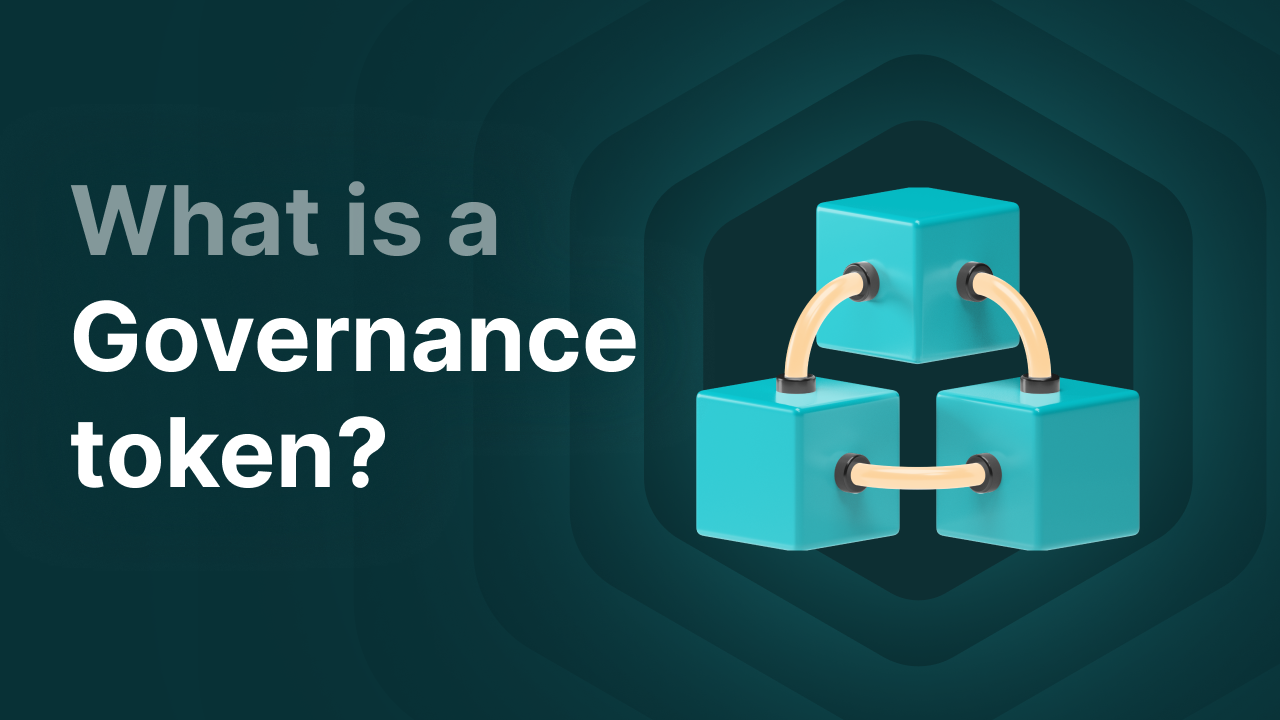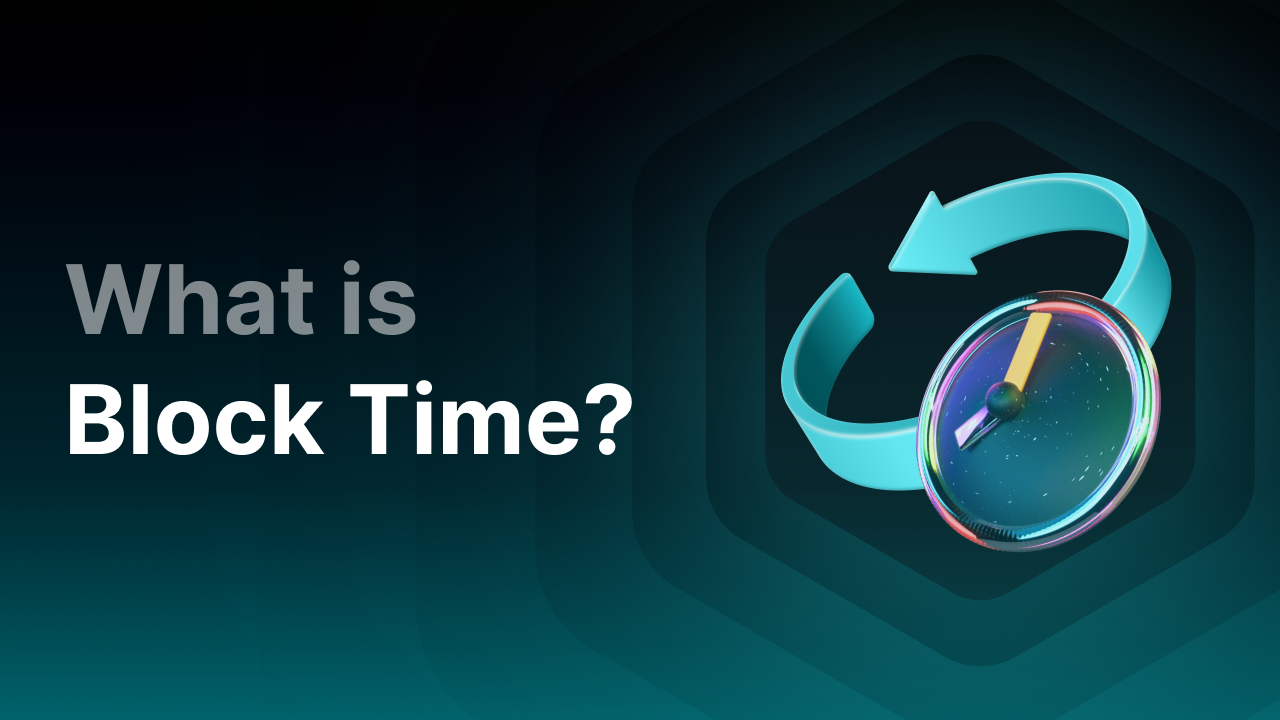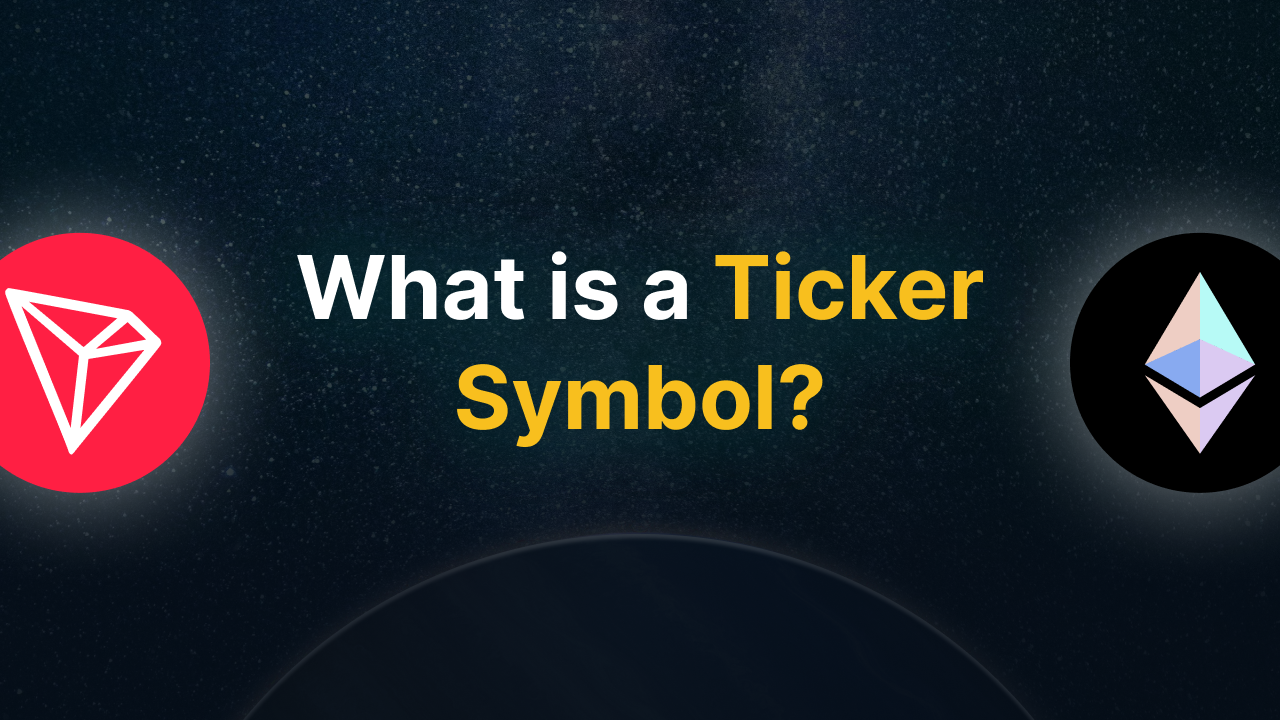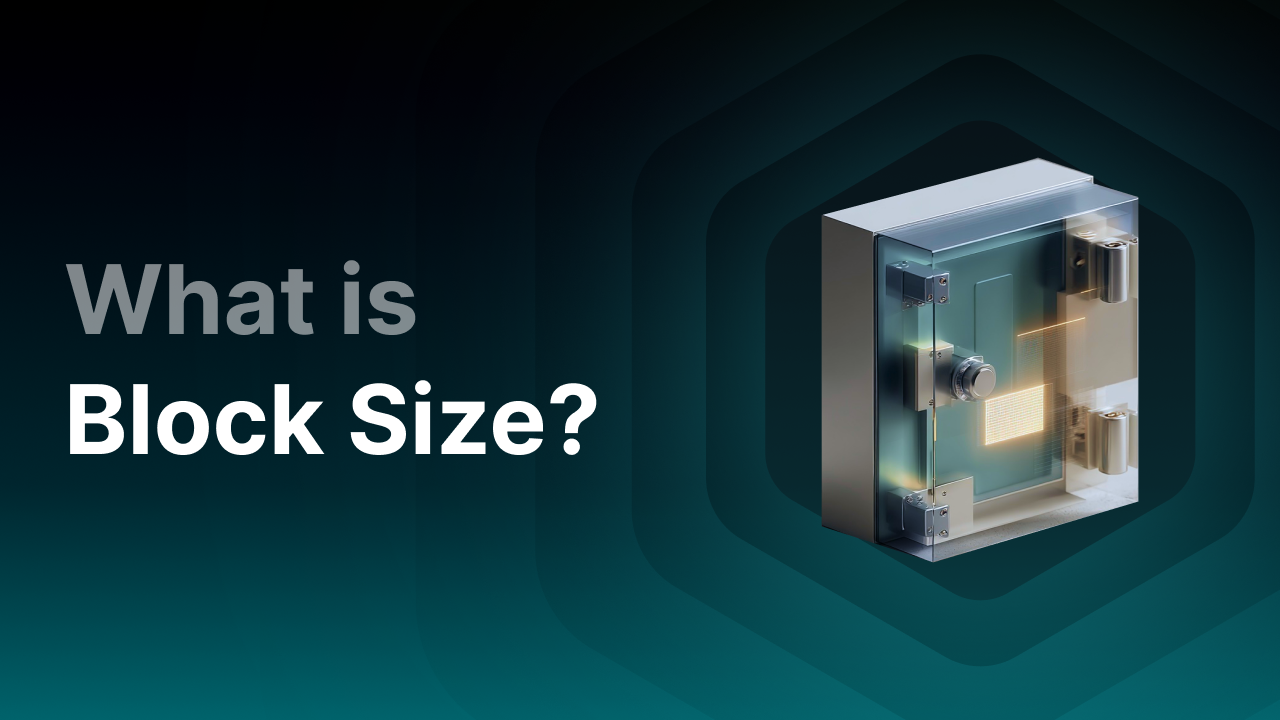What is a Staking Pool and How Does It Work?

What is a Staking Pool?
A staking pool is a group of crypto users who combine their resources to participate together in the staking process. By pooling their power, these users increase their chances of being selected as validators for new blocks. If successful, they receive a reward in the form of crypto.
With staking pools, you usually need operators who use the funds to 'stake' on the network itself, and then distribute the rewards based on how much someone contributed. But that is usually where the agreement between pools ends. How much control such an operator has depends on the platform. On more centralized platforms, often only one party manages everything, while on more decentralized platforms it is managed via, for example, DAOs or smart contracts that automatically execute everything.
There are a huge number of staking pools on various blockchains, but it is good to know that only blockchains that work with Proof-of-Stake (PoS) support this function at all. Only on PoS networks, like Ethereum or Tezos, do you have to lock up your crypto (stake), so only there can you use staking via a pool.
Key Takeaways
-
Pooled staking is a method by which multiple users combine their crypto to stake together and receive rewards, without having to be a validator themselves.
-
It lowers the entry barrier for staking (no technical knowledge or large amounts of crypto needed) and offers a passive income source.
-
You can choose between different types of pools (public or private), and some offer liquid staking tokens allowing you to stay active in DeFi.
-
There are risks such as lower rewards, platform fees, and dependency on third parties (like operators or smart contracts).
-
Security remains an important focus: poor contract code or hacks can endanger your stake, so always choose reliable platforms.
Why Staking Pools Exist
Public blockchains run entirely on a decentralized system, where thousands of computers worldwide collaborate to verify transactions. To make that work well, those computers must trust each other and make decisions together (and this happens through a consensus mechanism). One of the most popular mechanisms at the moment is Proof-of-Stake. But such a network cannot function without staking.
With Proof-of-Stake, you have to 'lock up' a certain amount of crypto as collateral to keep the network secure. People who do this are called validators. They ensure that transactions are processed correctly. As a reward, they receive compensation (unless they misbehave), in which case they can lose (a part of) their stake. This is called slashing.
These rewards can be quite attractive, but the problem is that you need a lot of crypto to become a validator. For example, on Ethereum, you need to lock up 32 ETH if you want to stake yourself, and not everyone has that kind of amount readily available.
Fortunately, there are other ways to earn staking rewards without having to invest a huge sum immediately. One of the most popular options is pooled staking.
What is Pooled Staking?
Simply put, pooled staking is a way for users to combine forces to stake together. Instead of having to lock up a large amount of crypto on your own, you pool your stake together with others in a so-called staking pool. This way, you can still earn rewards, which are distributed based on how much you contributed to the pool. The more you stake, the more you get back (without having to do anything yourself). In other words: pooled staking lets you earn passive income (without worrying about validating transactions or locking up more crypto than you want).
How to Choose a Staking Pool?
Now you know what a staking pool is, but how do you choose one that fits you? Staking pools use different strategies to maximize returns (and participation) from your investment. For example, a pool might stake on multiple blockchains, use various staking algorithms, or offer different levels of security.
Here are a few things to consider when choosing a staking pool:
Public or Private Staking Pool
First, you need to consider whether you want to use a public or a private staking pool. A public staking pool might be an exchange or an independent operator that anyone can join. A private pool, on the other hand, is often managed by closed investment groups (sometimes by invitation only). Such private pools can offer higher rewards (but also come with more risks). If a financial opportunity sounds too good to be true, it usually is. The safety of your funds depends entirely on how the staking pool is structured and (perhaps even more importantly) who the operator is.
Centralization
When it comes to control, it is important to know where your tokens are stored and who has access when you use a staking pool. Suppose you use a centralized exchange (DEX) for pooled staking, then you often have to use their own wallets (custodial wallets). This is not easy for everyone and can be riskier.
Moreover, even if you use a platform that operates with smart contracts, that does not always mean it is truly decentralized. Always do your own research (DYOR) on the team behind the platform and only use trustworthy providers. If there is just one central operator behind the pool, it is wise to reconsider your choice.
Liquid Tokens
If the staking pool you participate in issues liquid tokens, it is important to pay close attention to how those tokens are distributed and managed. Not all platforms do this, but some provide users with so-called liquid staking tokens (LSTs).
What does that mean? LSTs are linked to the value of the crypto you have staked. So if you stake 1 ETH, you get a token back equivalent to 1 ETH (for example, 1 stETH or something similar). This is convenient if you want to stay active in DeFi or other blockchain apps while staking. But there are also risks.
For example: if there are ‘whales’ (large players) in your staking pool, they can control a large portion of the staked ETH. This can lead to censorship or manipulation of value. And if the pool operator mismanages issuing those tokens (e.g., by creating too many), the value of the LST can drop. In that case, your tokens are worth less than your original stake, resulting in a loss.
Security
Finally, an important point to consider before starting pooled staking is security. In most staking pools, you have to deposit your crypto into a smart contract or with a third-party operator. The security of this varies per platform, but fortunately, there are now safer alternatives where you can keep your coins on your own hardware wallet.
This approach is often called a 'cold staking pool' (because it does not require an internet connection), and it is much safer than other types of pools. You do not have to trust a custodial wallet of a central party, nor store your crypto in an online wallet. This is super secure, but there is a downside: the rewards are usually much lower than other forms of staking. Even though this is very safe, the most common form still uses a hot wallet (a wallet connected to the internet).
How Do Staking Pools Work?
Now that you know the types of staking pools, it is time to look at how they actually work. This section dives deeper into topics such as fees, lock-up periods, and the annual returns you can expect.
Fees
When you join a staking pool, you usually pay a fee to the operator or smart contract. These fees cover things like transaction costs, infrastructure maintenance, and of course the operator’s profit. The exact amount varies by platform but is generally between 1-5%. Important to know: the fee is deducted directly from your staking rewards (so you only notice it afterward).
Lock-up Periods
Most staking pools have a lock-up period (you cannot withdraw your staked crypto temporarily). This is often necessary to ensure your stake remains stable while validating transactions, in line with the rules of the blockchain. But not every pool works like this. As mentioned earlier, there is also liquid staking. There, you receive a token for the crypto you lock up, which you can then use in DeFi or other blockchain apps. Meanwhile, you continue to receive rewards on your original stake.
APR (Annual Percentage Rate)
APR (annual percentage rate) gives an estimate of how much you can earn yearly with staking. This percentage usually ranges from 10% to 150%, but like many things in crypto, it can fluctuate greatly.
Private staking pools often offer higher APRs to attract more investors. But beware: this is not without risk. A new, unknown staking pool may lure you with high returns while having other intentions. An attractive APR does not automatically mean the platform is safe. In many cases, exchanges are more reliable (even though the APR there is usually somewhat lower). But here too: pay close attention to how centralized the platform is before staking your coins.
Advantages of Pooled Staking
Now that you know how pooled staking works, you might wonder: what’s in it for me? For beginners, pooled staking is attractive for several reasons (it’s easy, requires less capital, and provides relatively stable rewards). Here are some benefits:
Low Entry Barrier
If you want to stake independently, you usually have to lock up a large amount (often thousands of euros) and use special equipment (like your own node). With pooled staking, you can participate with much less money and without technical knowledge or expensive hardware.
The minimum investment varies by blockchain and staking pool, depending on the operator’s rules. But generally, you can start quickly and easily, without a complicated setup. Even if you invest a small amount, you still earn rewards (although they will be lower).
Flexibility with Pooled Staking
Some pooled staking platforms use liquid staking. Here you get a separate token back that represents your original crypto in the pool. These tokens are linked to the value of your original stake, allowing you to trade them or participate in DeFi platforms (like lending, swapping, or yield farming).
Note: liquid staking also carries risks. If the value of those tokens detaches from the original coin (depegging), you could lose money. The link is maintained via a smart contract, which brings other risks (such as bugs or hacks).
Disadvantages of Pooled Staking
Pooled staking makes it easier for smaller investors to participate, but there are also downsides. The biggest is that you depend on a third party (such as a smart contract or platform) to manage the staking. This affects two things: your rewards and the security of your funds.
Fees and Rewards
First: rewards from pooled staking are usually lower than if you did it yourself. This is because the reward from a successful block (block reward) is shared among all pool participants and because the party managing the staking pool takes a small cut. The advantage is, of course, that you don’t have to perform costly and complicated tasks to participate.
Security
If you stake through a third party, you must trust they keep your crypto safe (which naturally carries risks). Your money is only as safe as the smart contract or platform where the tokens are held. In many cases, this is well arranged, but always be aware of this.
Because these smart contracts often manage huge sums, they are popular targets for hackers. Staking pools are frequently victims of attacks, even large and well-known platforms. Such exploits often arise from faulty code, bugs in smart contracts, or a lack of proper security (but sometimes there is malicious intent).
Final thoughts
Pooled staking is an accessible way to participate in crypto staking, especially if you don’t have large amounts of coins or don’t want to run your own validator node. You can start with a small amount, it’s technically simple, and you receive rewards regularly (without having to do much).
However, it’s not without risks. You entrust your crypto to a third party (like a platform or smart contract), which always entails a degree of dependency and uncertainty. Also, rewards are usually lower than staking independently because you have to pay fees to the entity running the staking pool.
Ultimately, it comes down to a trade-off between convenience and control. If you prefer to participate in staking with low barriers and no hassle, a staking pool is a good choice. We again recommend always doing your own research and choosing reliable parties on major blockchain networks.




